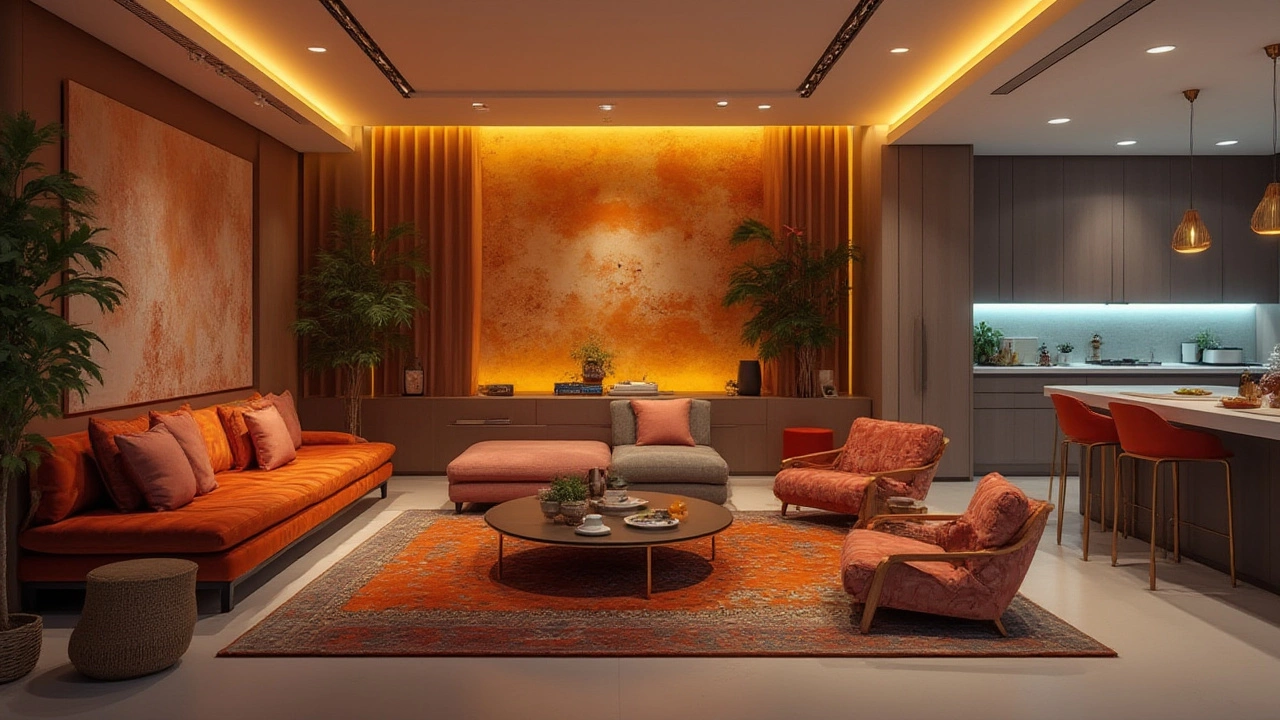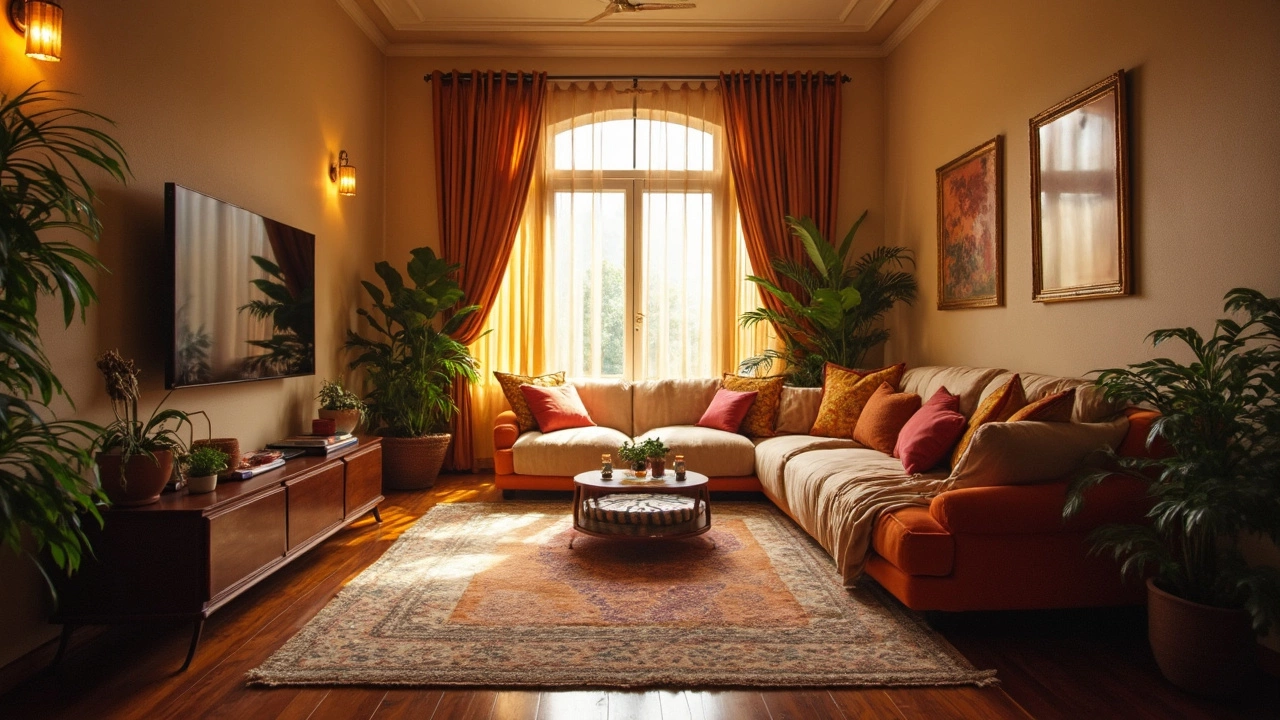Home Lighting Ideas & Tips to Brighten Every Room
Good lighting does more than let you see – it changes how a space feels. Whether you want a cozy bedroom vibe or a lively kitchen, the right light can make it happen without a pricey remodel. Below are easy, budget‑friendly steps you can start using today.
Layered Lighting Made Simple
The secret to balanced rooms is layering. Think of three basic layers: ambient (overall light), task (focused light for activities), and accent (highlights décor). Start with an ambient source like a ceiling fixture or recessed lights. Add task lights where you need focus – a desk lamp for a home office or under‑cabinet LEDs for a kitchen counter. Finally, sprinkle accent lighting with picture lights or small spotlights to draw attention to art, shelves, or a favorite plant. Mixing these layers prevents harsh shadows and gives each room its own mood.
When you’re planning a layer, ask yourself what each area does most of the time. A living‑room that hosts movie nights will benefit from dimmable ambient lights and a few floor lamps for reading. A bathroom, on the other hand, needs bright, even task lighting around the mirror. By matching the layer to the room’s main use, you avoid over‑lighting or under‑lighting.
Choosing the Right Bulbs and Fixtures
Bulb choice matters more than you think. Look for LED bulbs with a color temperature between 2700K and 3000K for warm, inviting spaces. For work areas, a cooler 4000K‑5000K light helps you stay alert. LEDs also use far less electricity, so swapping out old incandescent bulbs can shave dollars off your bill.
Fixture style should match the room’s design but stay practical. In a small kitchen, a simple pendant over the island saves space and adds visual interest. In a high‑ceiling hallway, a chandelier can become a statement piece without overwhelming the area. When buying, check the fixture’s wattage rating and make sure the bulbs you plan to use fit inside.
Don’t forget dimmers. Installing a dimmer switch on ambient lights lets you adjust brightness for movie time, dinner, or reading. Most LEDs work with modern dimmers, and the cost is a fraction of a full lighting overhaul.
Here’s a quick checklist before you buy:
- Measure the room to know the square footage.
- Calculate lumens needed (roughly 20 lumens per sq ft for living rooms).
- Pick LED bulbs with the right color temperature.
- Choose fixtures that match the room’s style and height.
- Plan for a dimmer if you want flexible mood control.
Putting these steps together is easier than it sounds. Start with one room, swap out the bulbs, add a floor lamp, and see the difference. Small changes add up, and you’ll notice a more welcoming home without a big budget.
Finally, keep an eye on natural light. Keep windows clear of heavy drapes, and use sheer curtains to let daylight fill the space. Natural light works with your artificial layers, reducing the need for bright fixtures during the day and saving energy.
With these practical tips, you can upgrade your home lighting one room at a time, creating brighter, more comfortable spaces that feel just right for every activity.

